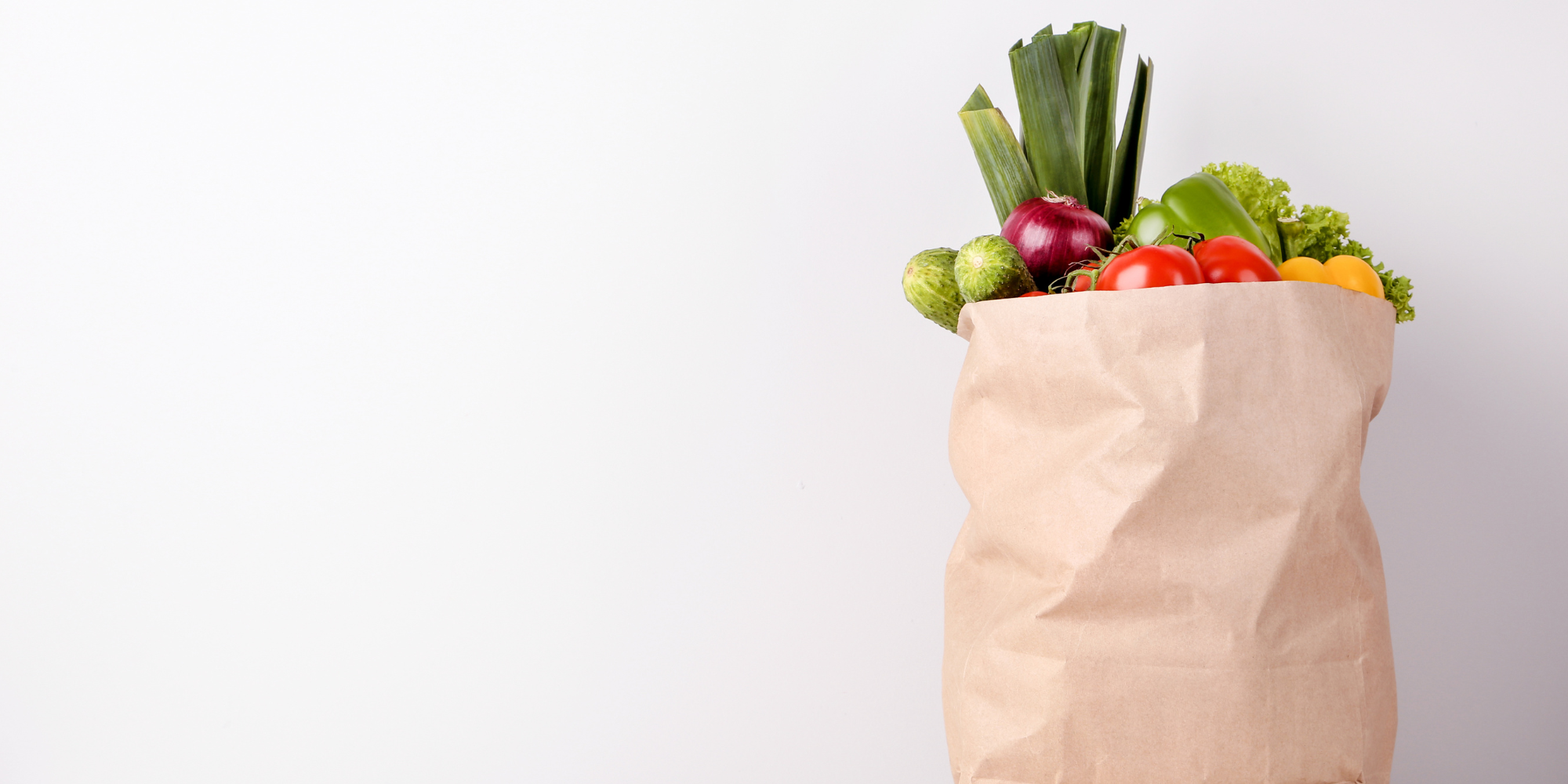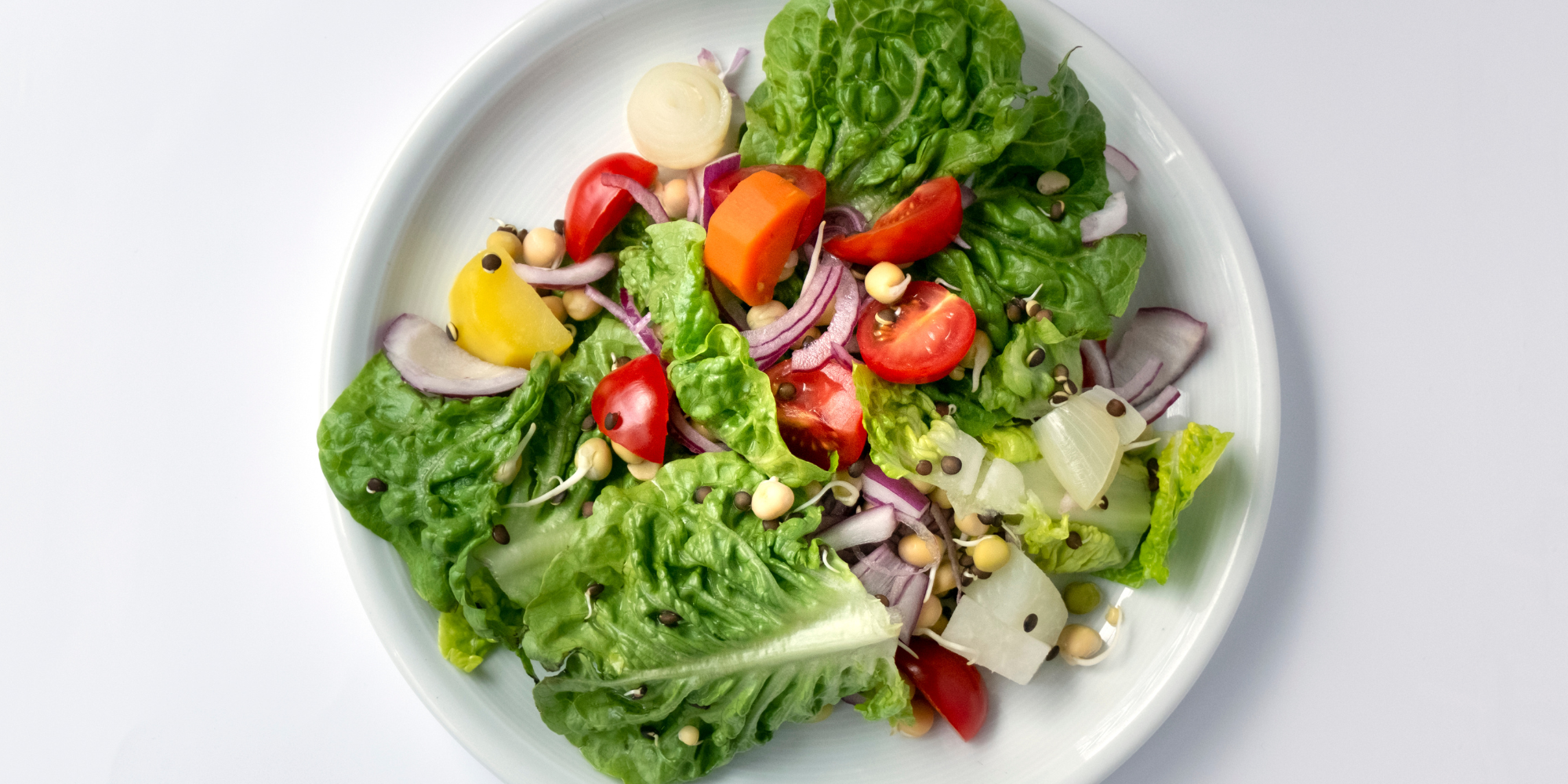“Eating Healthy is too expensive!”
“I would definitely eat healthier if I could afford it!”
I’ve heard variations of both more often than I can count. If you’ve ever felt this way, I’m not surprised.
Articles like this one by the Harvard School of Public Health seem to reinforce that idea claiming that it could cost “an average of $1.50 more per day to eat healthily”*. While there are certainly examples of costly healthy eating plans, the Pritikin Eating Plan (PEP) has been professionally engineered for its Intensive Cardiac Rebab patients to provide healthy recipes, at an affordable price. In fact, the average cost for the ingredients in a Pritikin ICR recipe is right around $6.50! And many of these recipes contain 6-10 servings, bringing the average expense to under $1.00 per serving for many!
If you think about it, a grocery list of bananas, potatoes, rice, and beans is easily more economical than picking up bacon, steak, eggs, and dining out! Here’s an example to bring this into perspective. I recently spotted a 3-pack of ribeye steaks for over $36 ($13.97 a pound) at my local grocery store. Instead of that one pack of ribeye steaks, I spent $36 on over 2 dozen healthy food items.

If you’re intrigued and looking to both eat better and lower your grocery bill, take a look at the suggestions we share with patients following the Pritikin Eating Plan.
Plan Ahead
When building your weekly menu, focus on selecting meals with common ingredients. You may be surprised to discover that one yellow onion can be used in 3 or 4 different recipes!
In a similar vein, consider ordering your menu with recipes whose leftovers could be repurposed as part of a different meal. For example, maybe on Monday, you make a healthy vegetarian chili. A few days later, that same chili could be served atop a baked sweet potato later in the week.
After planning your menu, jot down all the ingredients you will need double checking that you don’t already have some ingredients. This first step is extremely important to reduce waste and maximize your “bang for the buck”.
At the Grocery Store
Make an effort to really stick to your grocery list. Don’t lose yourself in the interior isles of the store, where highly processed foods loaded with fats and sodium are usually on display.
Focus most of your attention on the outer isles in the nutrient-rich produce section. The fibrous foods in this area provide energy and stomach-filling power without all of the calories from fat!
Stock up on Healthy Foods with a Long Shelf-Life
If fresh produce prices are high, frozen or canned fruits and vegetables offer great alternatives. One often overlooked benefit to frozen produce is that they are typically harvested and flash-frozen at the peak of their ripeness. Keep a bag of frozen corn or peas in your freezer for a quick, simple side dish. Frozen fruits make perfectly sweet and refreshing toppings to nonfat plain Greek yogurt or hot oatmeal.
Look for store-brand whole grains like oatmeal, brown rice, or tri-color quinoa as opposed to high-dollar brand names. These will hold just fine in your pantry until ready for use, reducing waste. I’d also recommend having a variety of no salt added canned beans or tomatoes in your pantry to ensure that you always have healthy options on hand at home.
Meal Prep
Prepping ahead of time allows you to control portion size, save time, and can ultimately save you money. Not to mention, you are now in control of all the healthy ingredients, and have the opportunity to flavor to your own taste!
If you know you will be short on time later in the week, cooking meals ahead of time and freezing in small portions will provide you with convenient, ready-to-eat healthy meals and ultimately assist in reducing food waste.
With these tips, you’ll surely save on your food bills – even in this economy!
* It’s important to note that in this 2013 study, researchers chose to compare foods by cost per calorie. In other words, 200 calories of bountiful grapes would have likely cost more than 200 calories of dry potato chips, or sugar-filled chocolate chip cookies.




.png)